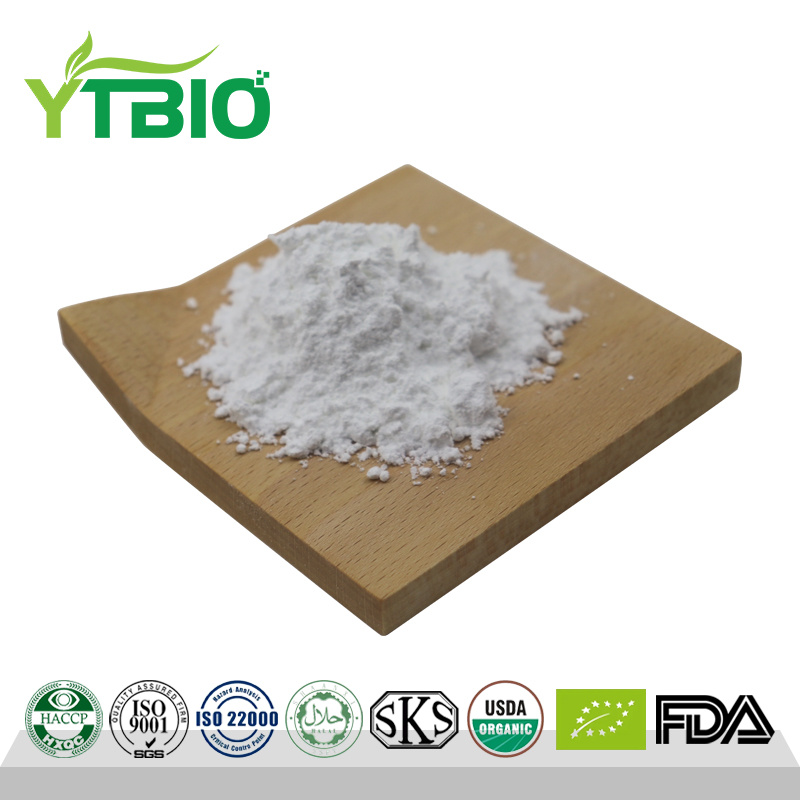Natural health products are becoming more popular every year. People everywhere are looking for better ways to take care of their bodies without using harsh chemicals. One powerful natural compound gaining attention is called Ginsenoside Compound K. It’s a unique part of ginseng that may offer many health benefits.
As the wellness industry grows, more businesses are trying to get their hands on this valuable ingredient. This has led to a rise in the search for wholesale Ginsenoside Compound K. But what does that really mean? And why are so many companies interested in it?
In this article, we’ll explore what makes this compound special, how it’s made, and why buying it wholesale is becoming a smart move for many health product companies.
What Is Ginsenoside Compound K?
Ginsenoside Compound K is a natural substance that comes from ginseng, a plant used in traditional medicine for centuries. But here’s the interesting part—it doesn’t actually exist in fresh ginseng. Instead, your body makes it when you digest other compounds from the ginseng root. Helpful bacteria in your gut break down these compounds and turn them into Compound K.
Today, scientists have found better ways to make Compound K without waiting for the body to do the work. These methods use enzymes or fermentation to produce high-purity forms of the compound in labs. This is great news for companies looking to use it in products like supplements, skin creams, and drinks.
Why Is It So Popular?
More research is being done every year on Ginsenoside Compound K. Studies suggest that it may help with several health problems. Some of its most talked-about benefits include:
-
Reducing inflammation in the body
-
Supporting brain health and memory
-
Helping control blood sugar levels
-
Boosting the immune system
-
Protecting the liver from damage
These effects are promising for people looking to manage long-term health conditions in a natural way. That’s why you’ll often find this ingredient listed in new wellness and nutrition products.
The Business Side: Wholesale Opportunities
Because Ginsenoside Compound K is gaining attention, many companies want to use it in their own brands. Instead of buying small amounts, these businesses often look for wholesale Ginsenoside Compound K to lower costs and keep up with demand. Wholesale buying means purchasing large quantities directly from manufacturers or trusted suppliers.
There are several reasons why wholesale options are appealing:
1. Cost Savings
Buying in bulk usually means a lower price per gram or kilogram. For companies making capsules or other health items, this can cut costs and raise profits.
2. Stable Supply
Ordering larger amounts ensures that businesses always have enough raw material on hand. This helps avoid delays and keeps production running smoothly.
3. Quality Control
Many wholesale suppliers test their products to make sure they are pure and meet high standards. This means safer and more effective end products for customers.
4. Customization
Some suppliers offer custom blends or specific forms, such as water-soluble powders or high-purity extracts. This gives brands more flexibility in how they use the compound.
What to Look for in a Wholesale Supplier
Choosing the right partner is important when buying large quantities of anything, especially something used in health products. Here are some key things to consider:
-
Purity and Testing: Make sure the Compound K has been tested in a lab and comes with a Certificate of Analysis (COA). This confirms that it’s free from harmful substances like heavy metals or bacteria.
-
Production Methods: Ask how the compound is made. Some companies use natural fermentation, while others rely on chemical processes. Fermentation is often seen as safer and more natural.
-
Reputation: Check online reviews and ratings. Work with companies that have a solid track record in the nutraceutical or pharmaceutical industry.
-
Regulatory Compliance: A reliable supplier will follow the rules in different countries, such as FDA guidelines in the U.S. or EU regulations. This helps avoid legal issues later on.
-
Support and Communication: Good suppliers will answer your questions quickly and offer technical help if needed. Building a strong relationship with them is key.
Where You’ll Find It Being Used
Ginsenoside Compound K isn’t just for capsules. It’s popping up in many types of products:
-
Dietary Supplements: This is the most common use. Capsules, soft gels, and powders often contain Compound K.
-
Skincare: Because of its anti-inflammatory and antioxidant effects, it’s added to creams and serums aimed at improving skin health and fighting signs of aging.
-
Functional Foods and Beverages: Some companies are now adding this ingredient to teas, protein shakes, and even snack bars for added health benefits.
-
Medical Research: Scientists are also using high-purity versions of the compound to study its effects on conditions like cancer, diabetes, and Alzheimer’s disease.
Challenges to Keep in Mind
While there are many reasons to explore wholesale Ginsenoside Compound K, there are also a few challenges:
-
Stability: This compound can break down if not stored properly. Make sure it’s kept in cool, dry conditions and sealed tightly.
-
Taste and Solubility: The raw form has a bitter taste and doesn’t always mix well with liquids. Some suppliers offer modified forms to help with this.
-
Limited Human Studies: While early research is promising, more human trials are needed to fully understand its effects and safety at higher doses.
Looking Ahead: A Market with Promise
The market for ginseng-derived products continues to grow, especially in the United States, South Korea, China, and parts of Europe. As more people look for natural health solutions backed by science, Ginsenoside Compound K is well-positioned to shine.
Companies that act now—by forming strong partnerships with trusted bulk suppliers—can take advantage of this rising demand. Whether you run a supplement business, a skincare brand, or a functional food company, adding this powerful compound to your product lineup may help you stay ahead of the curve.
Conclusion: A Smart Move for Health Brands
Wholesale Ginsenoside Compound K offers real opportunities for businesses in the natural health space. This unique compound, born from ginseng and perfected through modern science, has the potential to support better health in many ways.
Buying in bulk allows companies to save money, keep quality high, and deliver products that today’s wellness-focused consumers are actively seeking. With more research underway and new product ideas launching every day, the time to explore this powerful plant compound is now.
As always, success in this growing market depends on working with trusted partners, staying informed, and keeping quality at the center of your brand.








